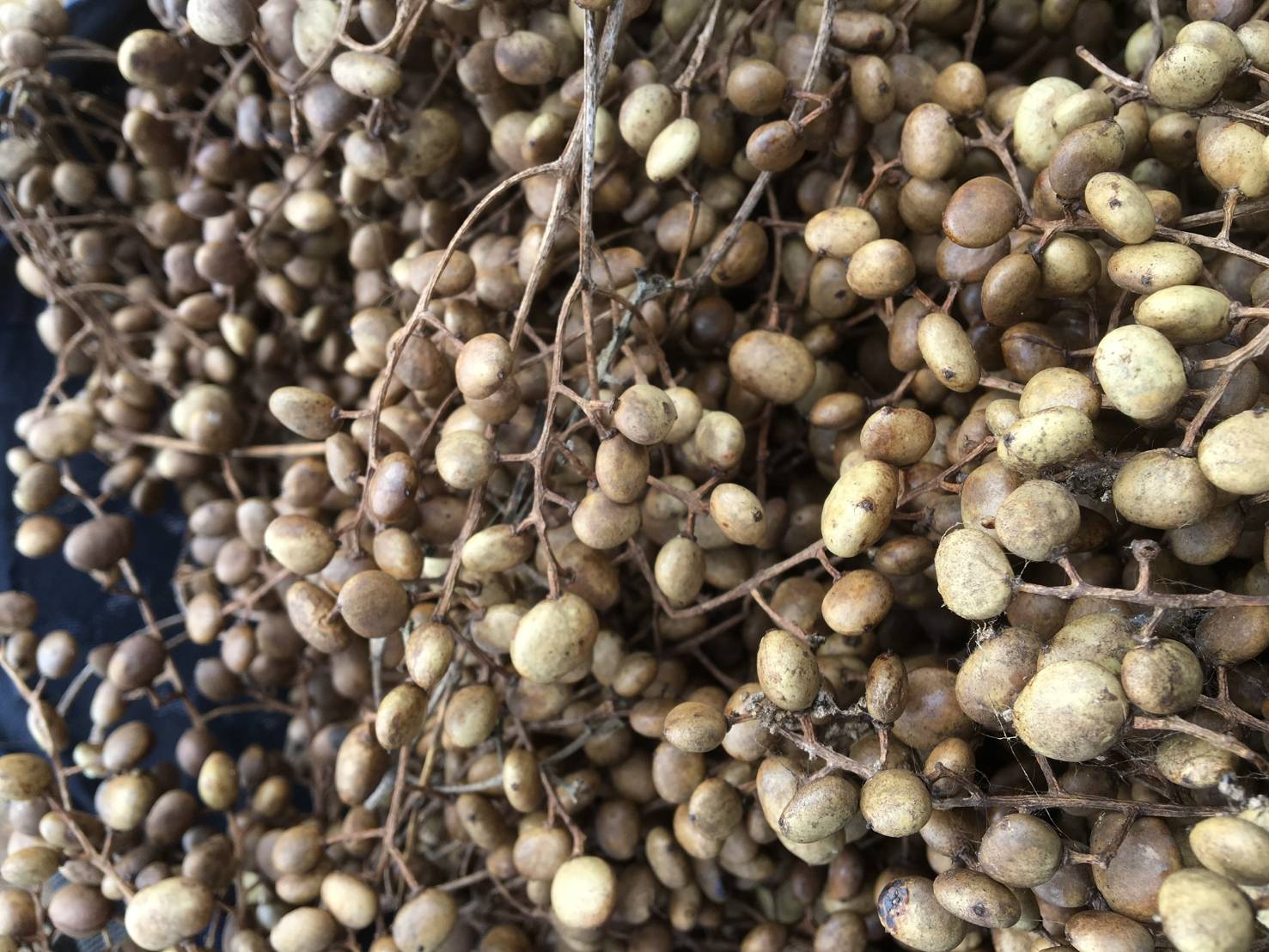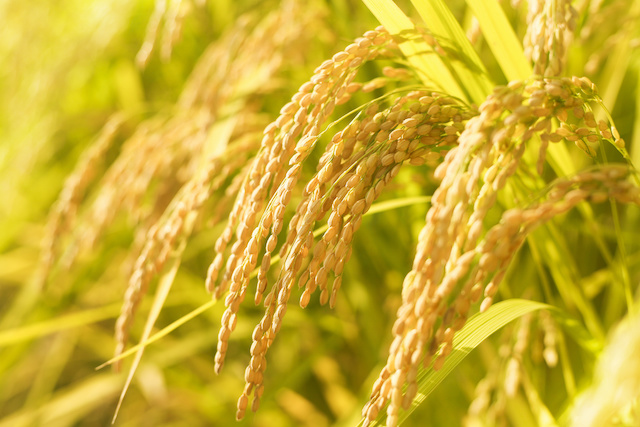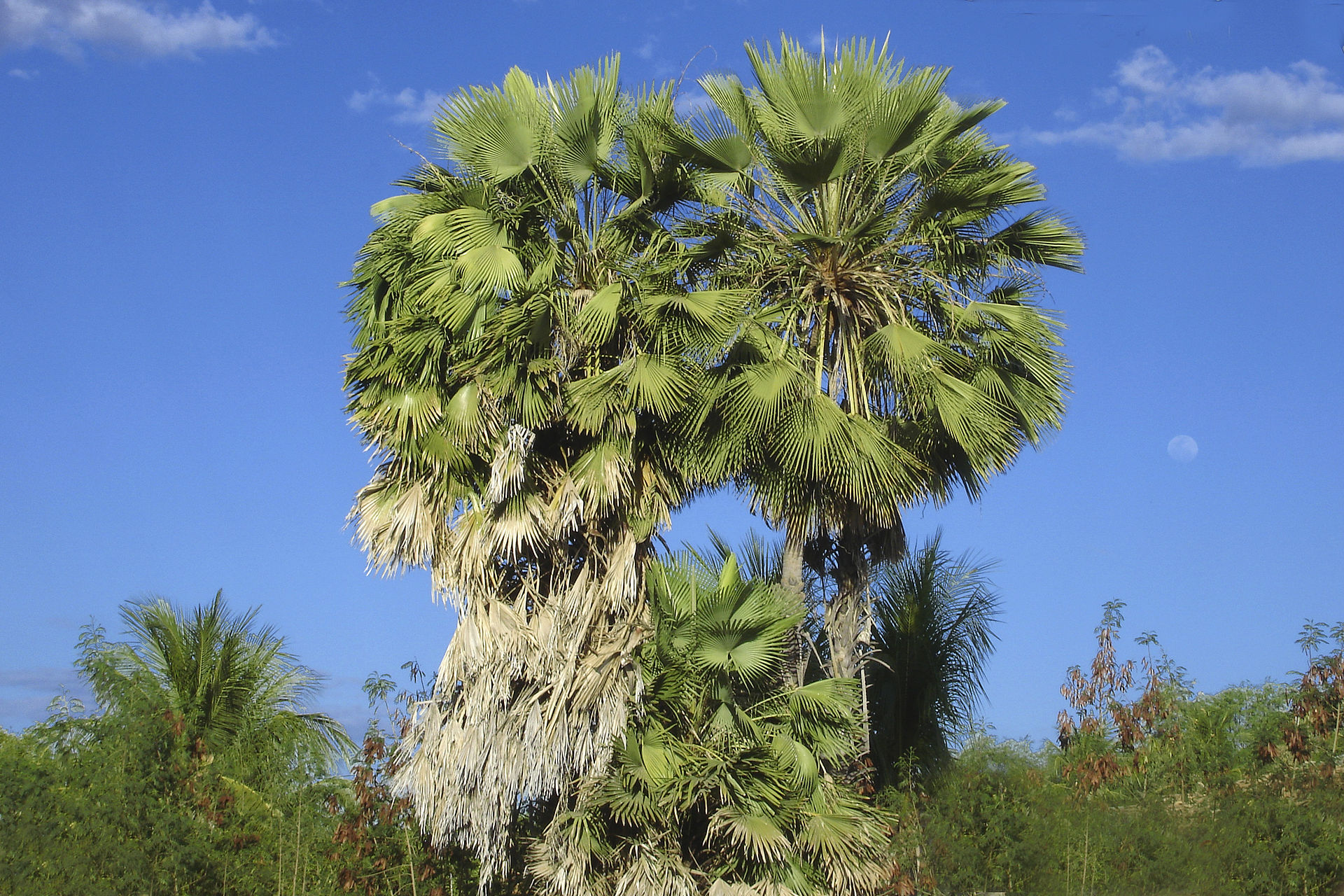CERARICA royal wax
[Plant-based wax: domestically produced]
Japan wax is a plant-based wax produced specifically in Japan that is obtained from the fruit of the Japanese oak tree. Our company's 200-year history has long supported traditional Japanese culture with products such as Japanese candles and stage makeup bases, and is now attracting attention from a new perspective among young Japanese people today, as well as being used as raw materials for the latest cosmetics. It is a pure Japanese life wax that connects the past and the future, and has developed with close history.
[Plant-based wax: domestically produced]
Rice wax is a vegetable-based wax contained in the rice bran produced by milling rice, which is our staple food. It was created through joint research with a US oil manufacturer to expand the great potential of rice as a valuable domestic resource. It has extremely sharp melting properties and supports the convenience of our lives in unexpected ways, such as as a raw material for copy toner.
[Plant-based wax: produced overseas]
This is an insect wax produced by refining the white wax secreted on tree branches by the Japanese warthorn insect as part of a JICA (Japan International Cooperation Agency) project. We named it ``Yukirou'' on the advice of a famous entomologist because it looks like snow on a tree branch.
[Plant-based wax: produced overseas]
A vegetable-based wax collected from the leaves of the Carnauba palm, which grows in northeastern Brazil in South America. Its gloss, toughness, hardness, and microcrystallinity are the best among vegetable waxes.











